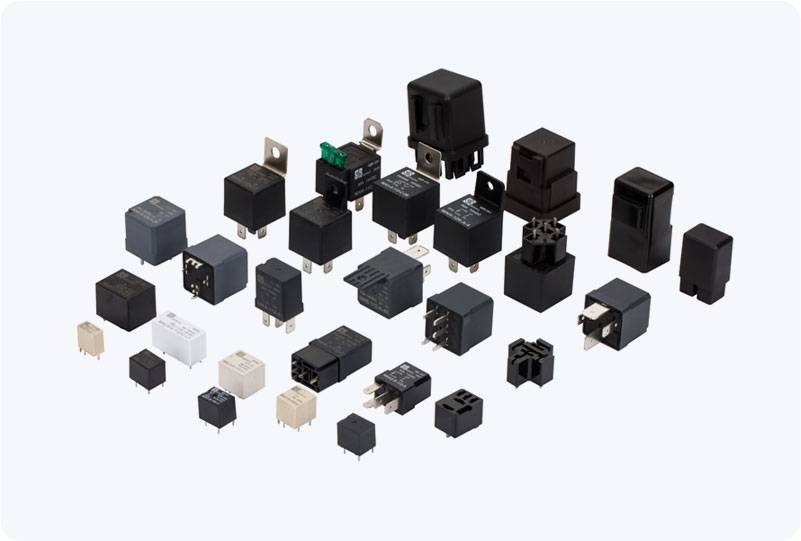In the world of electrical control systems, relays play a vital role in switching circuits on and off. One of the most remarkable advancements in relay technology is the Solid State Relay (SSR). Unlike traditional electromagnetic relays, SSRs operate without moving parts, offering numerous advantages in terms of speed, reliability, and longevity. This article explores the design, functionality, applications, and benefits of Solid State Relays, as well as how they have revolutionized the way electrical circuits are controlled.

What is a Solid State Relay? A Solid State Relay (SSR) is an electronic switching device that controls the flow of electricity without using mechanical contacts. SSRs employ semiconductor devices, such as triacs, thyristors, or diodes, to perform the switching action. When an external control signal is applied, the semiconductor material either conducts or blocks current flow, effectively turning the load on or off. This method is in stark contrast to traditional electromagnetic relays, which rely on mechanical components like a coil and contact points to achieve the same result. How Does a Solid State Relay Work?
Leave a Reply